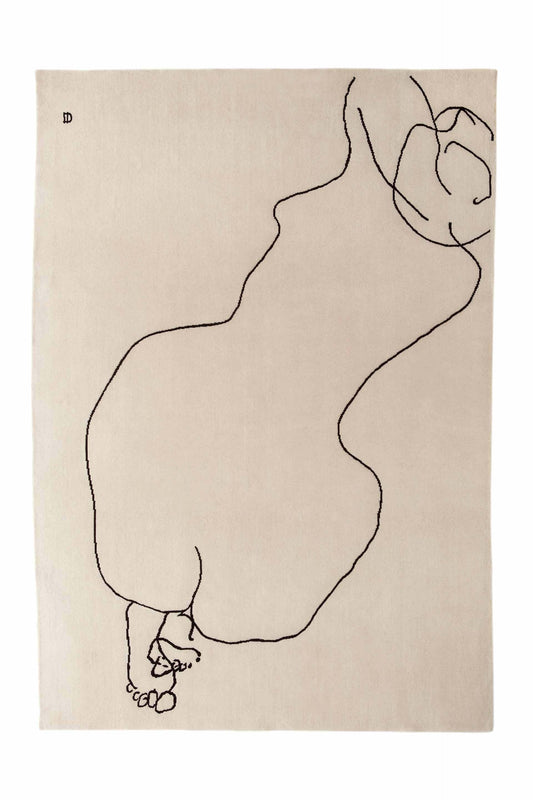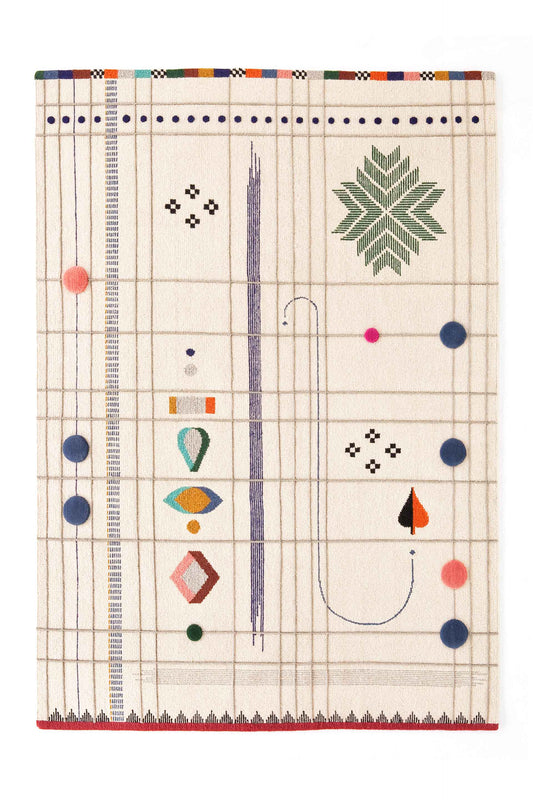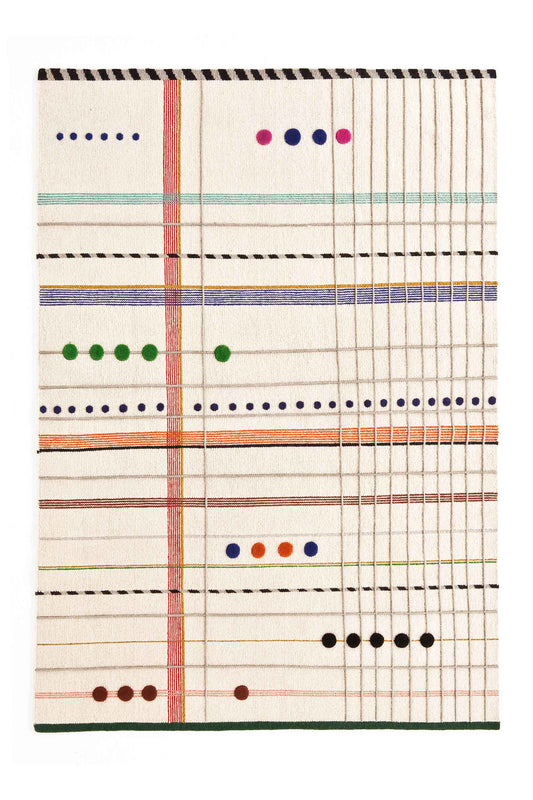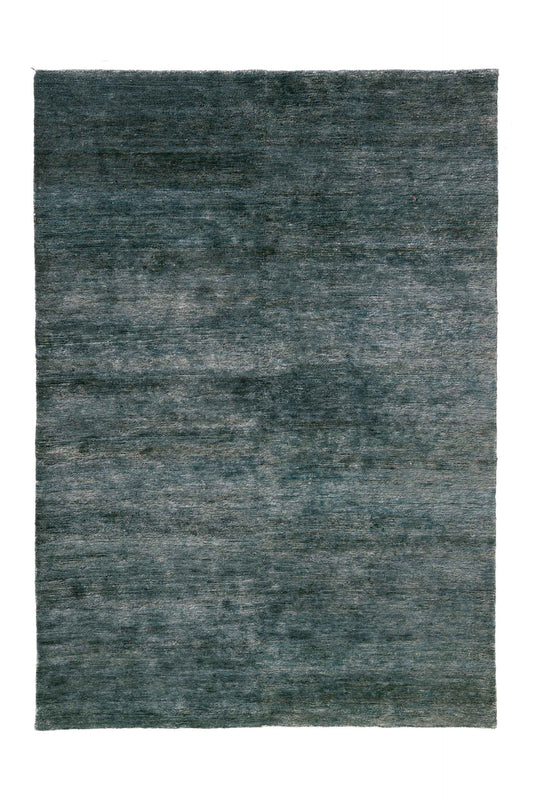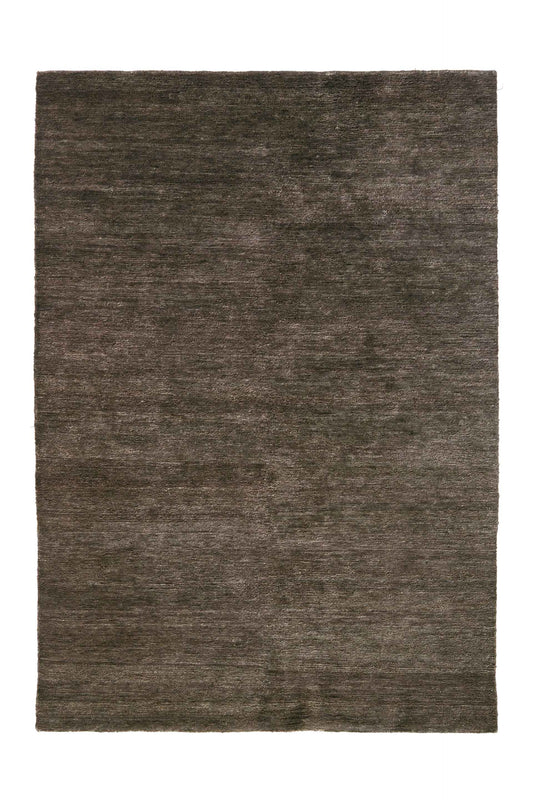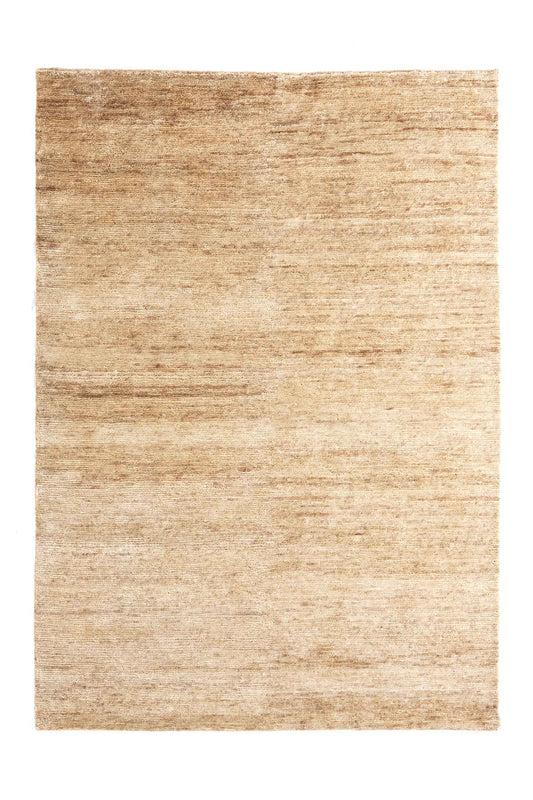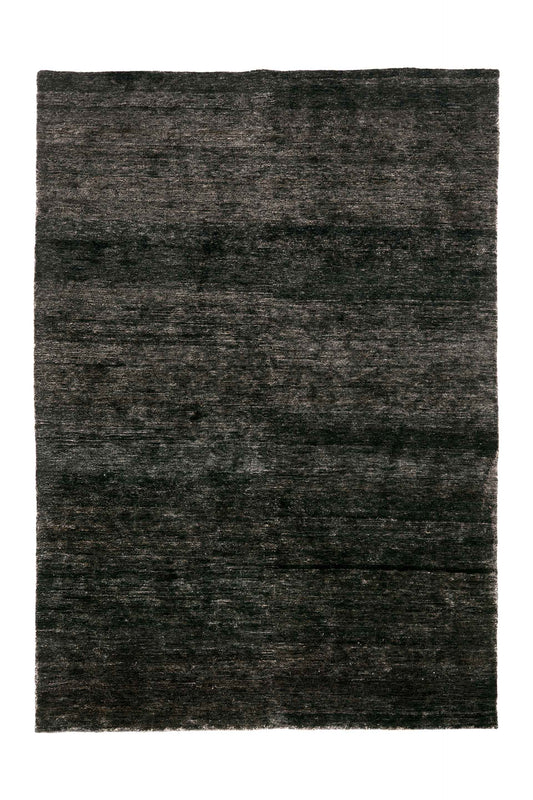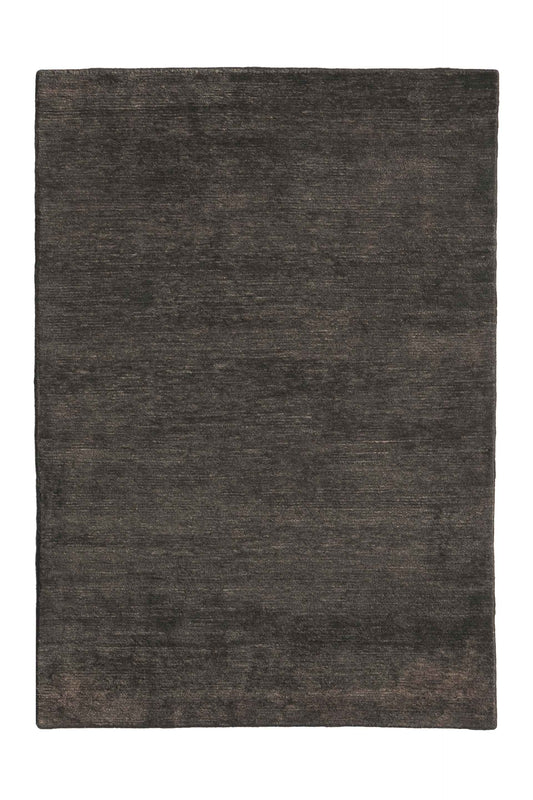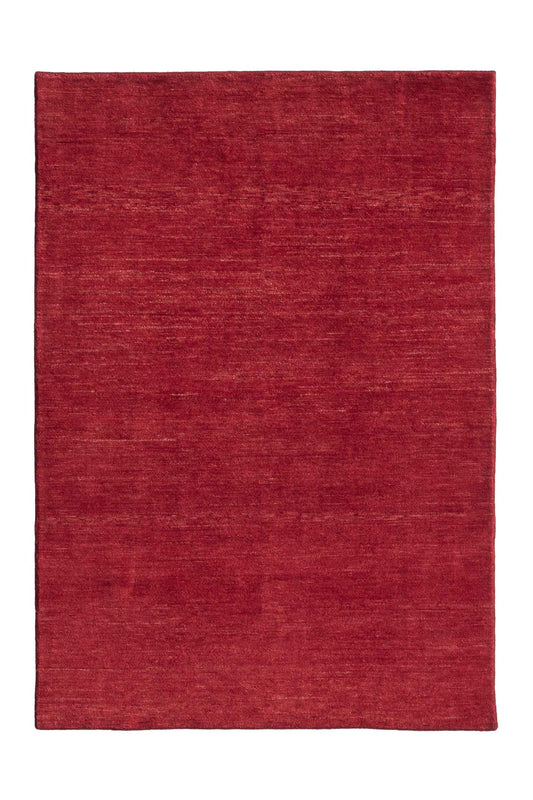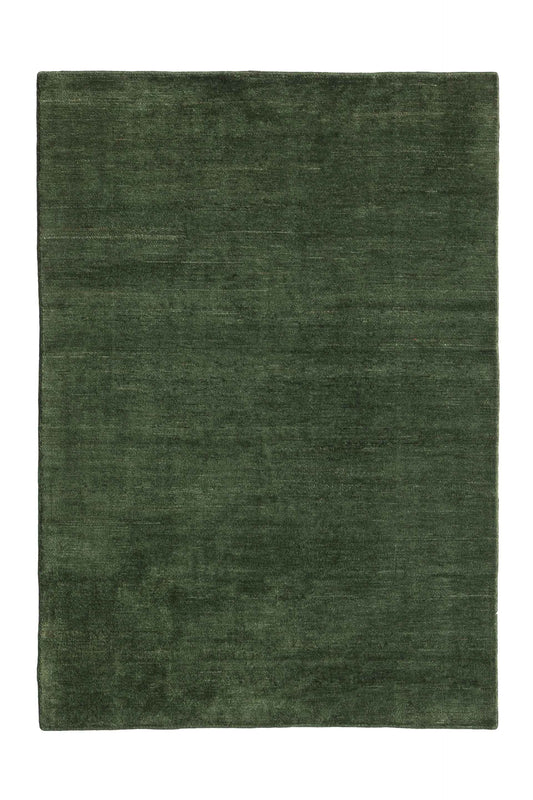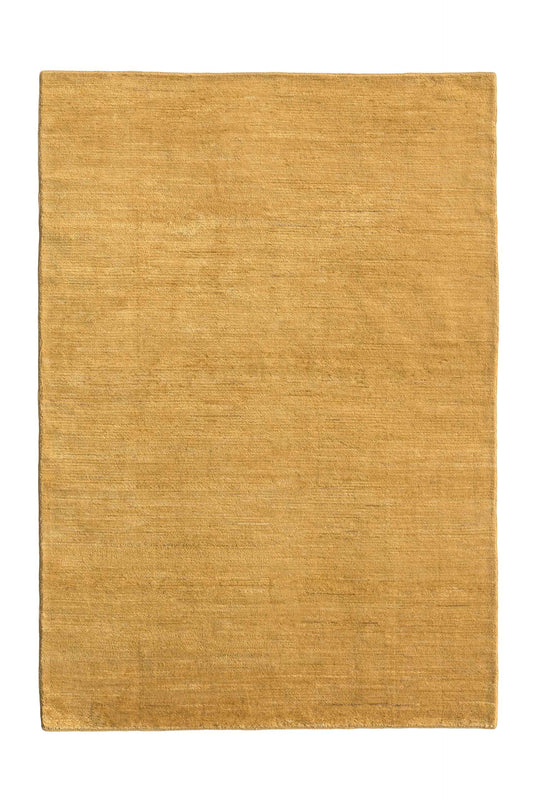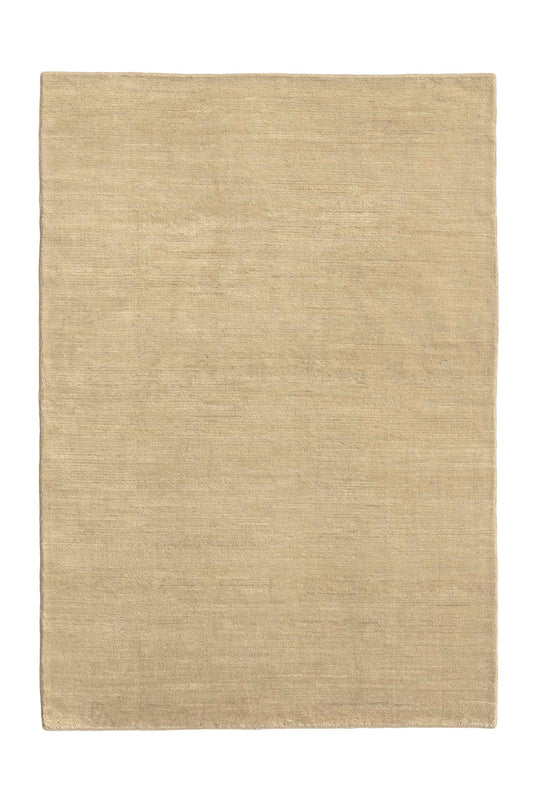We recommend which rug to choose to keep warm in your home.
Originally designed to counteract low winter temperatures.
Rugs not only contribute to the style of your home thanks to their color, volume, texture or their ability to complete spaces, but they also provide perfect insulation and thermal warmth to create a cozy feeling in these cold moments.
Originally designed to counteract low winter temperatures, there are some aspects to consider before choosing the right rug, such as fiber, technique or material. Discover here some quick tips to choose your perfect rug.
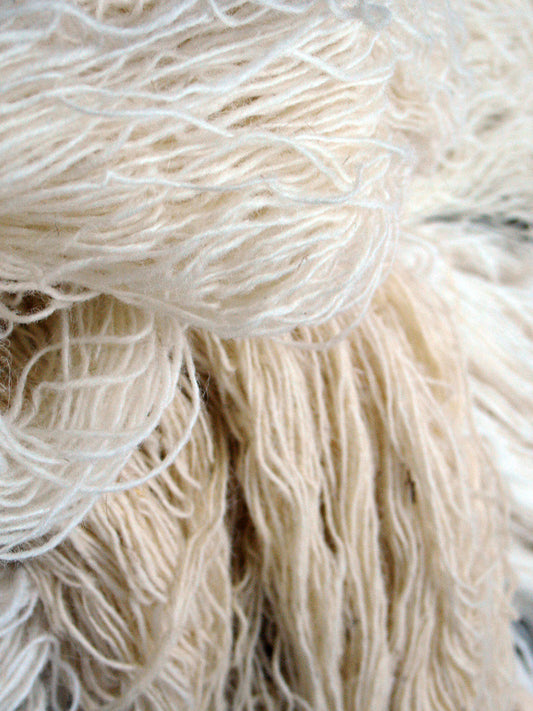
Material: Wool
Rugs woven with high-quality wool are the ones that best insulate against the cold. This is due to its ability as a natural thermoregulator, which means that when the humidity in the environment increases or decreases, the wool fibers absorb or release water vapor. If the outside temperature decreases, the fibers cool, absorb moisture and heat up.
In addition, this fiber also helps save energy. Single-story homes with ventilated floors clearly benefit the most from the insulating properties of carpets. Energy savings of 5-13% have been recorded in practical situations.
Wool rugs also increase the perception of comfort; Because it is a breathable material, it allows you to breathe better inside the home, as it helps create dry environments.
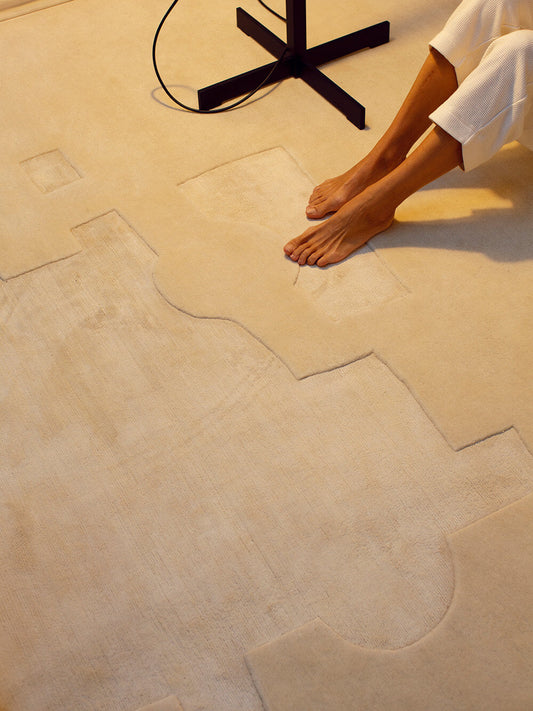
Technique: Hand-knotted or hand-tufted
Once we have the fiber, we must consider which technique to choose. In general, thick carpets provide better insulation than thin ones, since they have more material per square meter and an open-cut weave, so the amount of air that is retained in the interstices of their fibers is greater.
For this reason, we recommend looking for rugs woven using the artisanal techniques of hand-knotted (knotted) or hand-tufted (woven), since they provide a great density of pile, in addition to the fact that the latter technique usually has a higher height.
These rugs usually have the highest thermal resistance. The low thermal conductivity of wool and its natural crimp contribute to its resistance.
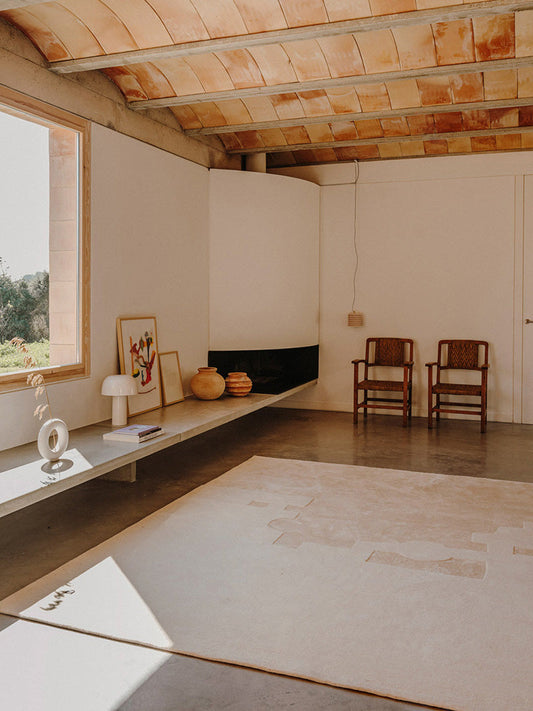
Measurements: the bigger the better
The last aspect that should be taken into account is the size. For example, if the floors on the ground floor are made of wood, heat is generally lost by having the floor exposed. Choosing a rug for each area goes a long way to covering large spaces on the floor and ensuring that the cold does not spread. Visit our Measurement Guide , so you can consider the best rug size and how to style it, taking into account the other objects in the space.
After all, rugs provide an extra layer between the floor and the room, adding more barriers to prevent the cold from seeping through. In addition, there is the possibility of placing a wool tapestry on the wall, to reduce the cold coming from the outside. Check out our recommendations for rugs and rugs.
Rugs provide an extra layer between the floor and the room, adding more barriers to prevent the cold from seeping through.
There is the possibility of placing a wool tapestry on the wall, in order to reduce the cold coming from the outside.

